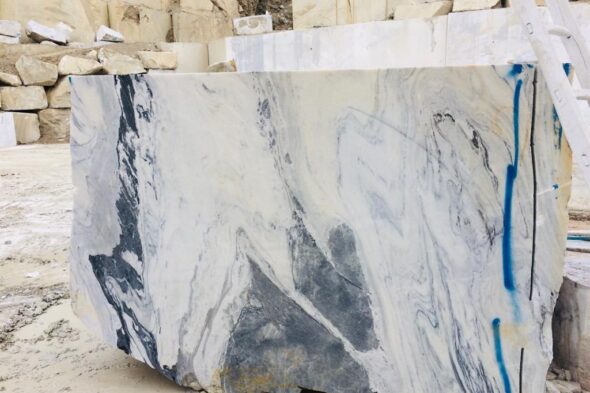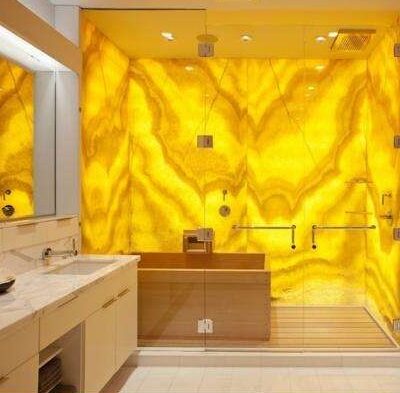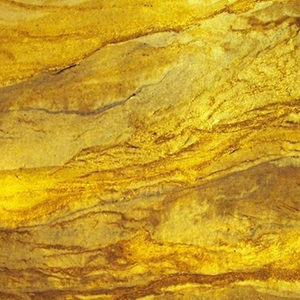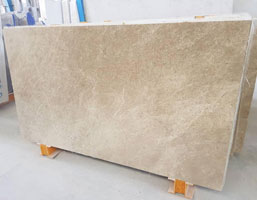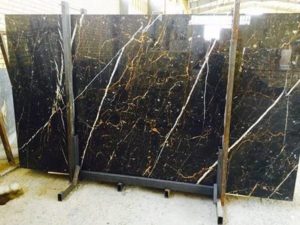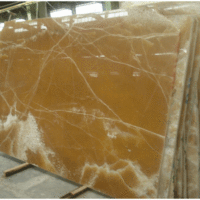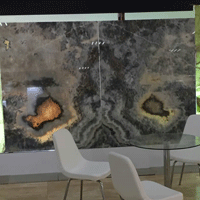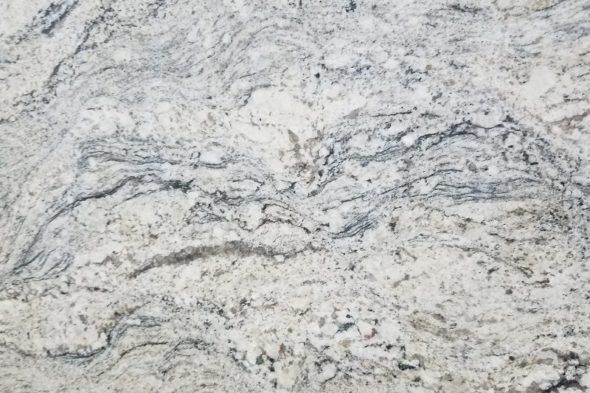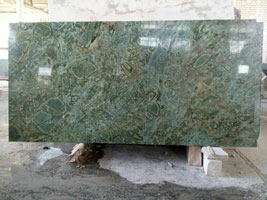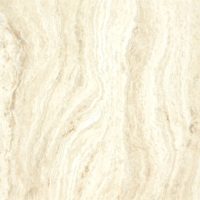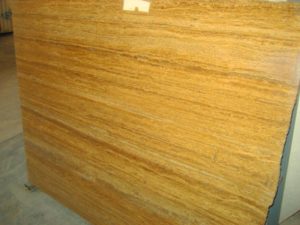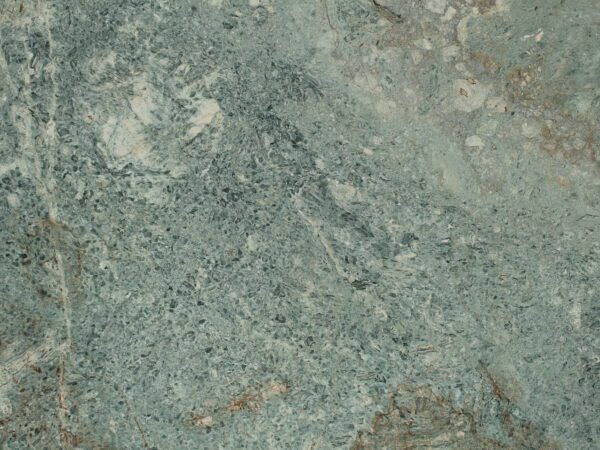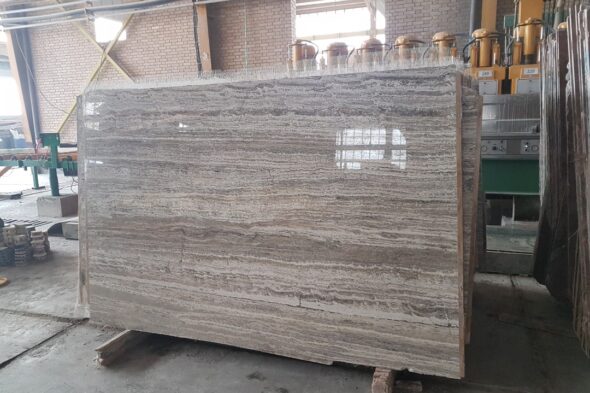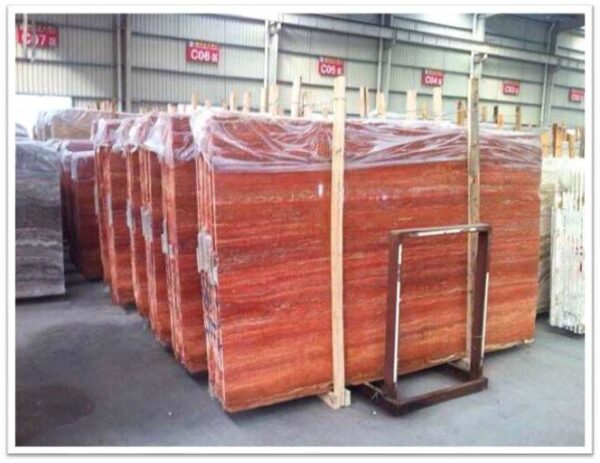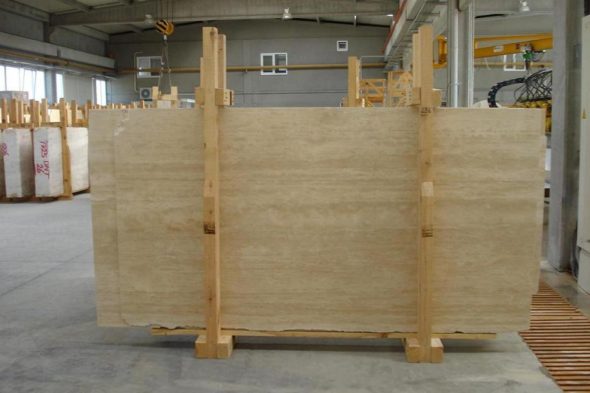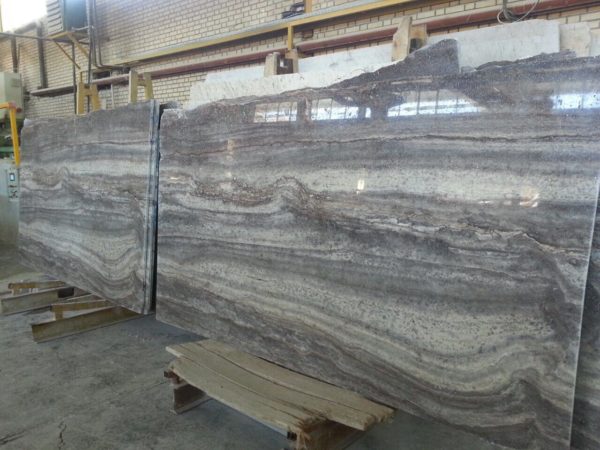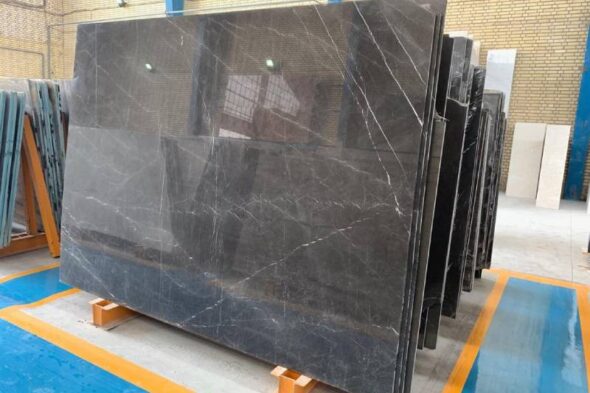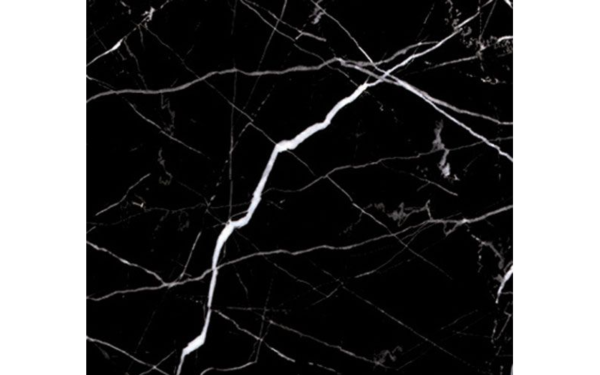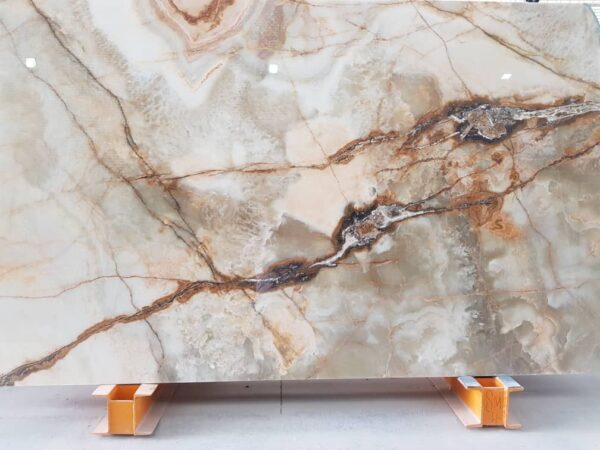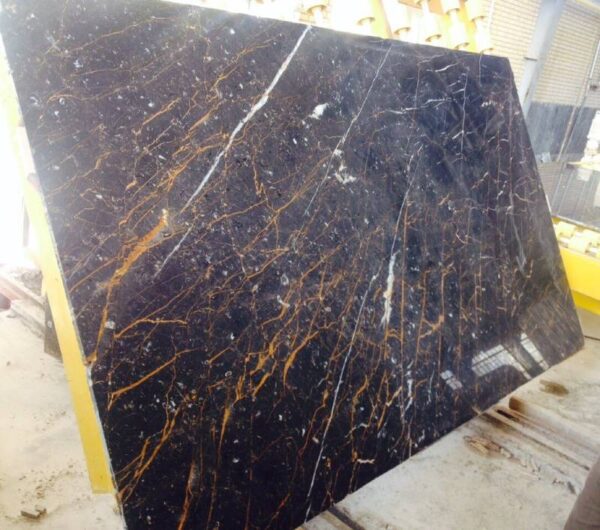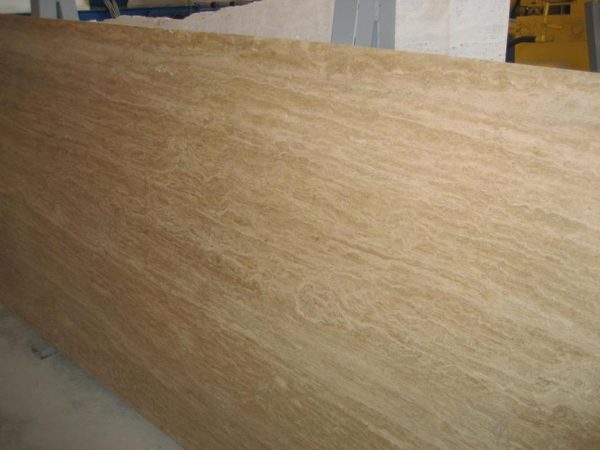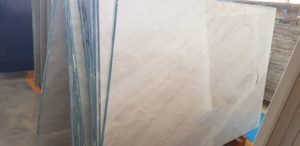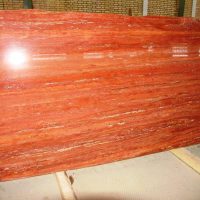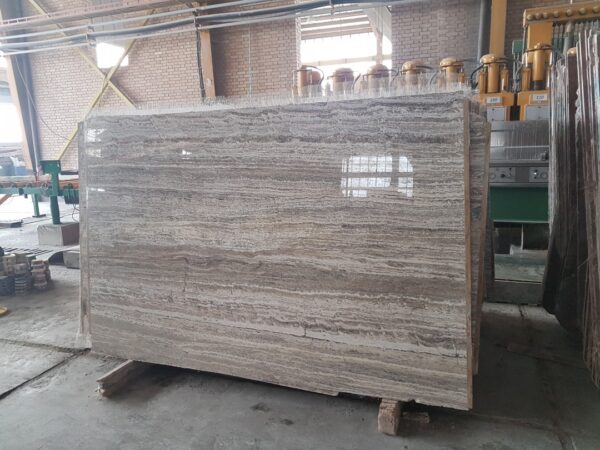The Timeless Choice for Elegance
Why Choose Marble for Your Home Design?
Marble has been a symbol of luxury and sophistication for centuries, making it a preferred material in modern house design. Its natural beauty, durability, and versatility make it suitable for a variety of applications, from flooring to countertops and decorative accents. If you are considering incorporating marble into your home design, this article will guide you through the benefits and applications of this stunning stone. Marble in House Designing
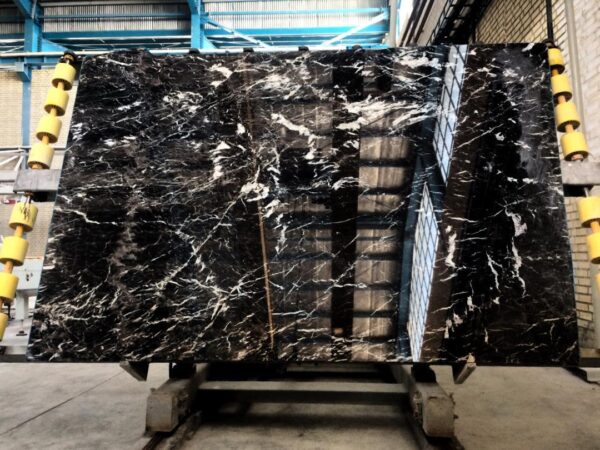


The Benefits of Using Marble in Home Design
When it comes to home design, marble offers numerous advantages that make it an appealing choice:
- Aesthetic Appeal: Marble is renowned for its unique patterns and colors, ranging from classic whites and greys to deep blues and greens. Each slab of marble is distinct, adding a touch of elegance and exclusivity to any room. Its polished finish reflects light beautifully, enhancing the overall ambiance of your space.
- Durability and Longevity: As a natural stone, marble is incredibly durable and can withstand the test of time when properly maintained. It is resistant to heat and can last for decades, making it an excellent investment for homeowners looking for long-lasting materials.
- Versatility: Marble can be used in various applications throughout your home, from flooring and countertops to backsplashes and fireplace surrounds. Its versatility allows homeowners to use it in multiple rooms, creating a cohesive design throughout the home.
- Increased Property Value: Installing marble features in your home can significantly boost its market value. Homebuyers are often attracted to properties with marble finishes due to their luxurious appeal, making your home more desirable in a competitive market. Marble in House Designing
Popular Applications of Marble in House Design
Marble can be incorporated into various areas of your home, each offering its own set of benefits. Here are some popular applications:
- Marble Countertops: One of the most sought-after uses of marble in home design is for kitchen and bathroom countertops. Marble countertops not only look stunning but are also heat-resistant and easy to clean. They provide a sophisticated touch to kitchens and baths, making them perfect for both cooking and entertaining.
- Marble Flooring: Using marble tiles for flooring adds a luxurious and timeless look to any room. Marble flooring is available in various sizes and finishes, allowing homeowners to create unique patterns and designs. Its durability makes it ideal for high-traffic areas, while its ability to stay cool in warm climates provides comfort.
- Marble Backsplashes: Incorporating marble backsplashes in kitchens and bathrooms can enhance the overall aesthetic. A marble backsplash acts as a stunning focal point and protects walls from water damage and stains. The natural patterns of marble create visual interest, complementing both modern and traditional design styles.
Natural Stone Floor Tile
Tips for Incorporating Marble into Your Home Design
To maximize the beauty and functionality of marble in your home, consider the following tips:
- Choose the Right Color and Pattern: With an array of colors and patterns available, selecting the right marble for your space is crucial. Lighter colors can create an airy feel in small rooms, while darker shades can add depth and richness.
- Balance with Other Materials: To avoid overwhelming a space with marble, consider balancing it with other materials like wood or metal. For example, pairing marble countertops with wooden cabinetry can create a warm and inviting atmosphere.
- Maintain Regularly: While marble is durable, it does require some maintenance to keep it looking its best. Regularly sealing marble surfaces can help prevent staining and damage, ensuring that your investment lasts for years.
- Consider Lighting: Proper lighting can enhance the natural beauty of marble. Use natural light where possible, and consider adding accent lighting to highlight marble features, such as countertops or backsplashes.

